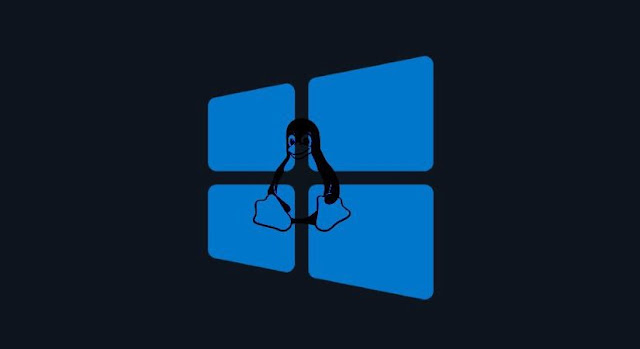Microsoft released the Windows 10 May 2020 Update (Windows 10 20H1 Build 19041), with new feature known as Windows Subsystem for Linux 2 (WSL2), which includes support for the Linux Graphical User Interface (GUI) Apps on the Windows platform.
Now, the company has sort of backported the support for WSL2 (as WSL2 support was initially exclusive to Windows 10 2004 or higher) by extending it to Windows 10 1903 and 1909, which were released in May and November 2019 respectively.
Albeit, the WSL2 backport to Windows 10 1903 and 1909 applies only to x64 systems, which means that if you're using ARM64 version, you'll need to upgrade your system to Windows 10 version 2004 before gaining the support for WSL2.
Linux GUI-based apps running directly via WSL
Microsoft had earlier demonstrated samples of Linux GUI-based apps running directly on Windows via WSL and using WSL to run Linux GUI app don’t require third-party X server.
It also brings about the custom Linux kernel and Linux file integration in the File Explorer app, which are all great features for Linux distros via WSL2.
And the latest WSL2 update brings Linux GUI apps integration with Windows 10 using Wayland display server protocol which runs within WSL; it also communicates with an RDP (Remote Desktop Protocol) client on the Windows host in order to run the GUI app.
Why the Backport of WSL2 to Windows 10 1903 and 1909?
Microsoft claims that it received great feedback for WSL2 and the decision to backport the feature to older versions of Windows was to make the experience available to users on more older Windows versions.
Therefore, users of older Windows 10 1903 and 1909 can now fully enjoy the features of WSL2 without having to upgrade their machine to the Windows 10 2004, with full custom Linux kernel and Linux file integration right in the File Explorer app. But you'll need to check for the WSL2 update via Windows Update, to get WSL2 on Windows 10 1903 and 1909.









No comments